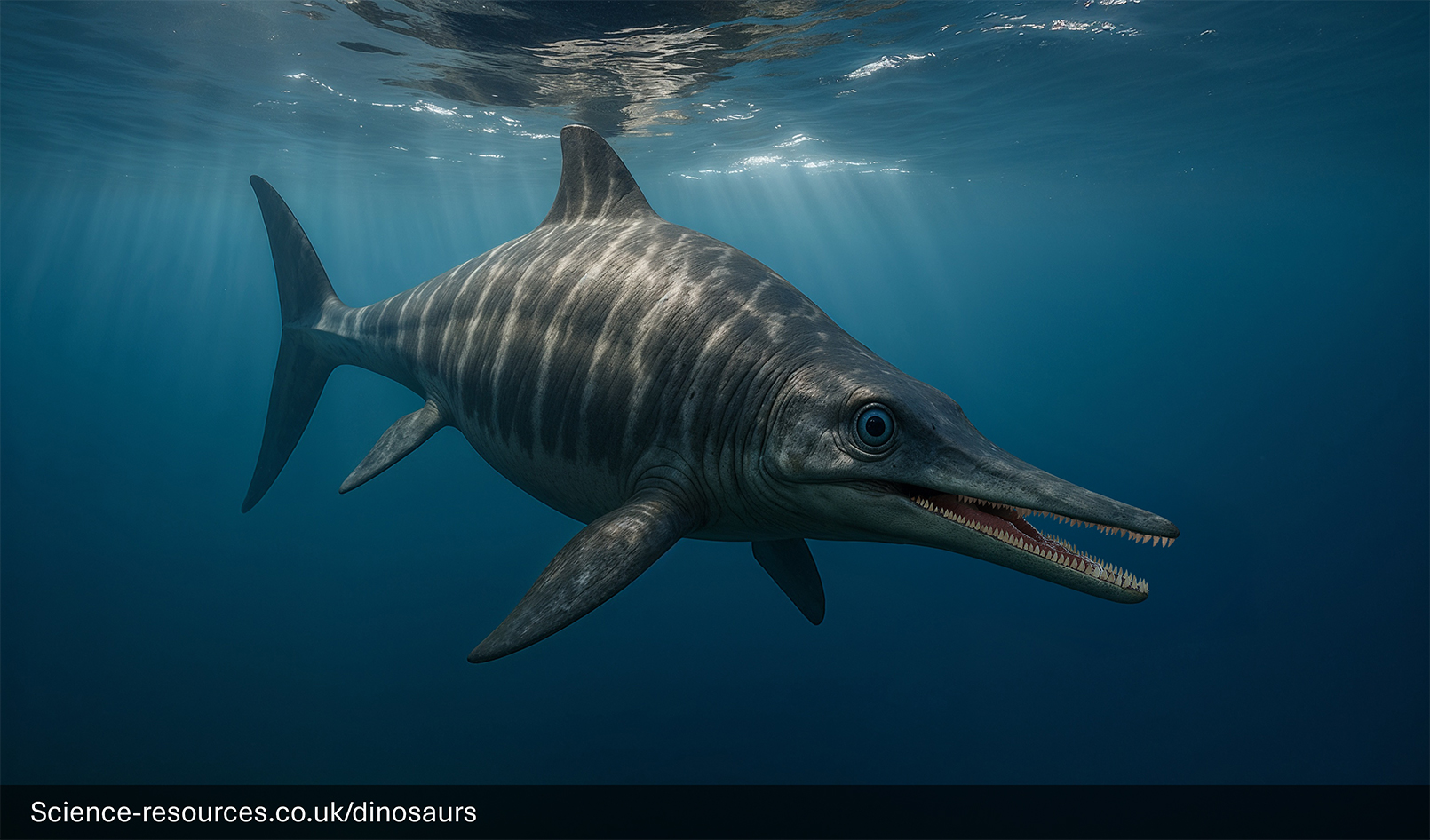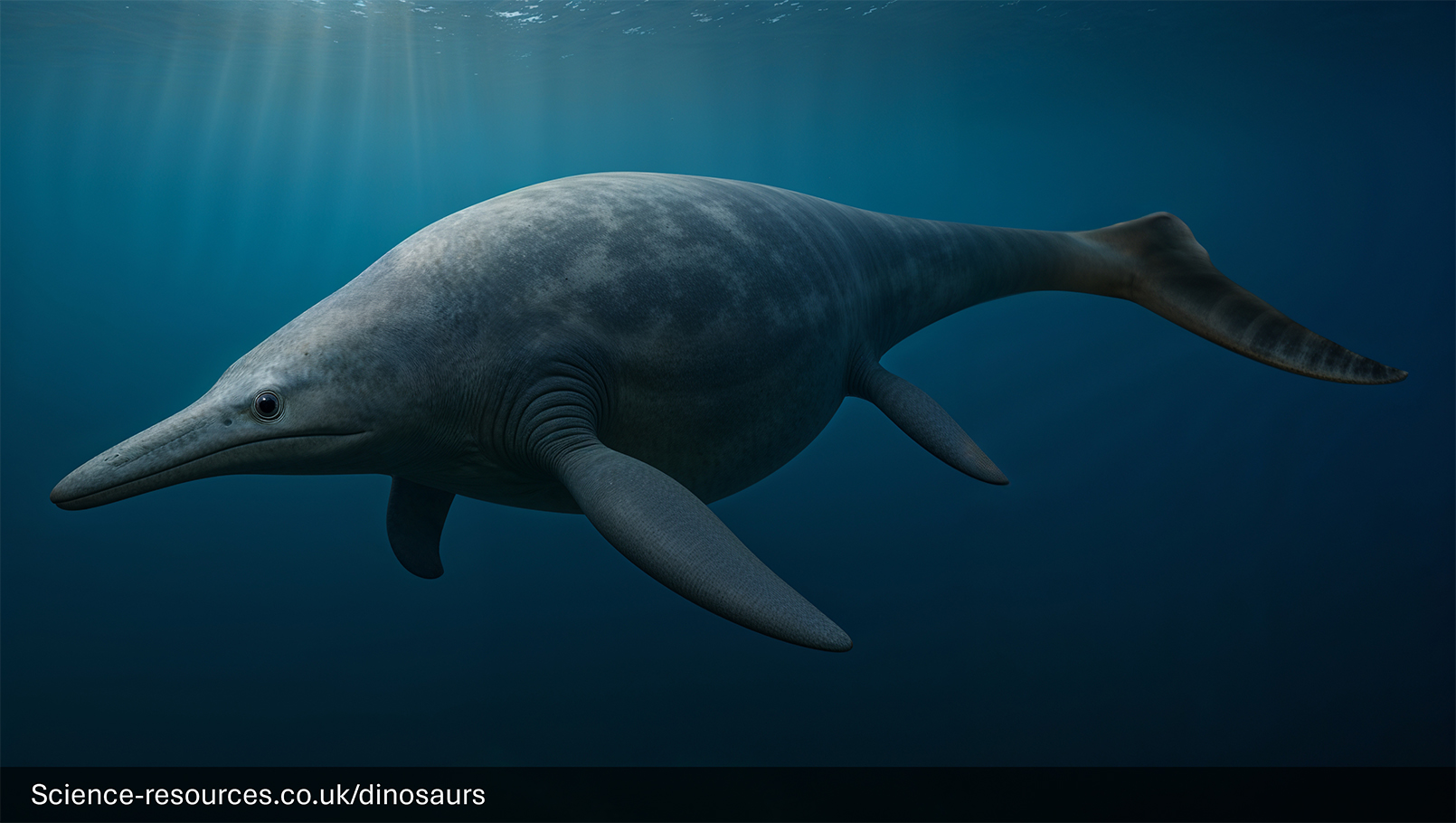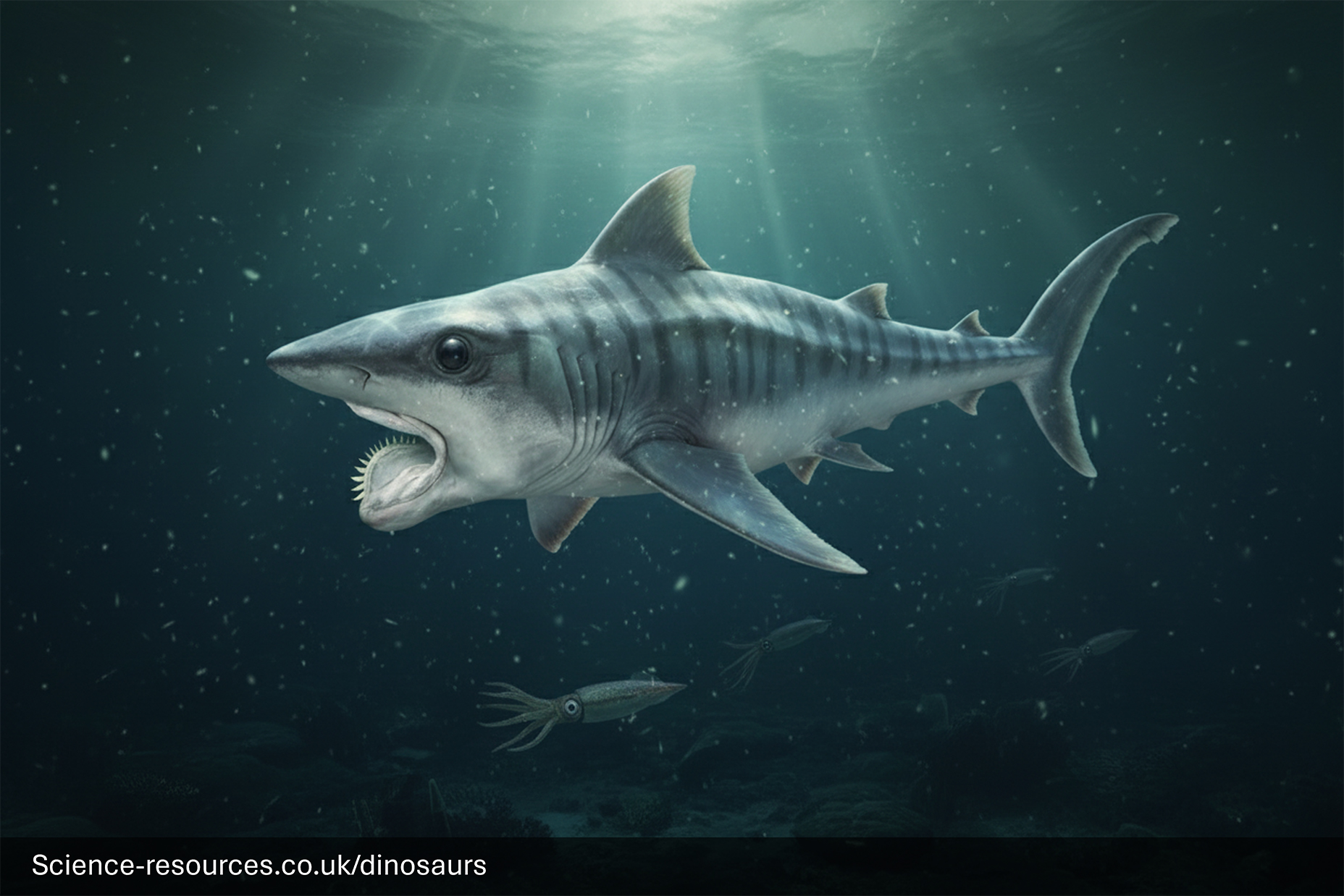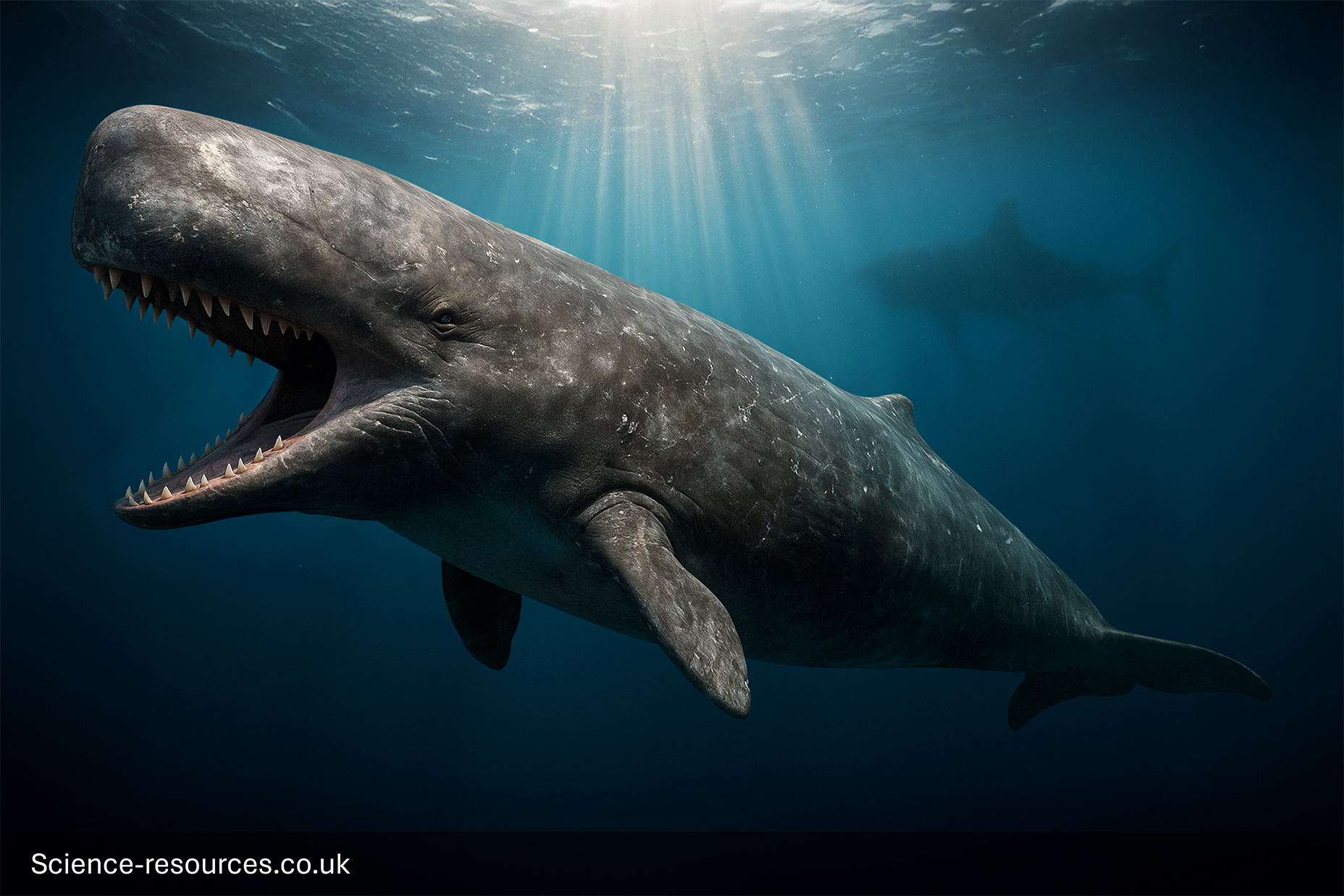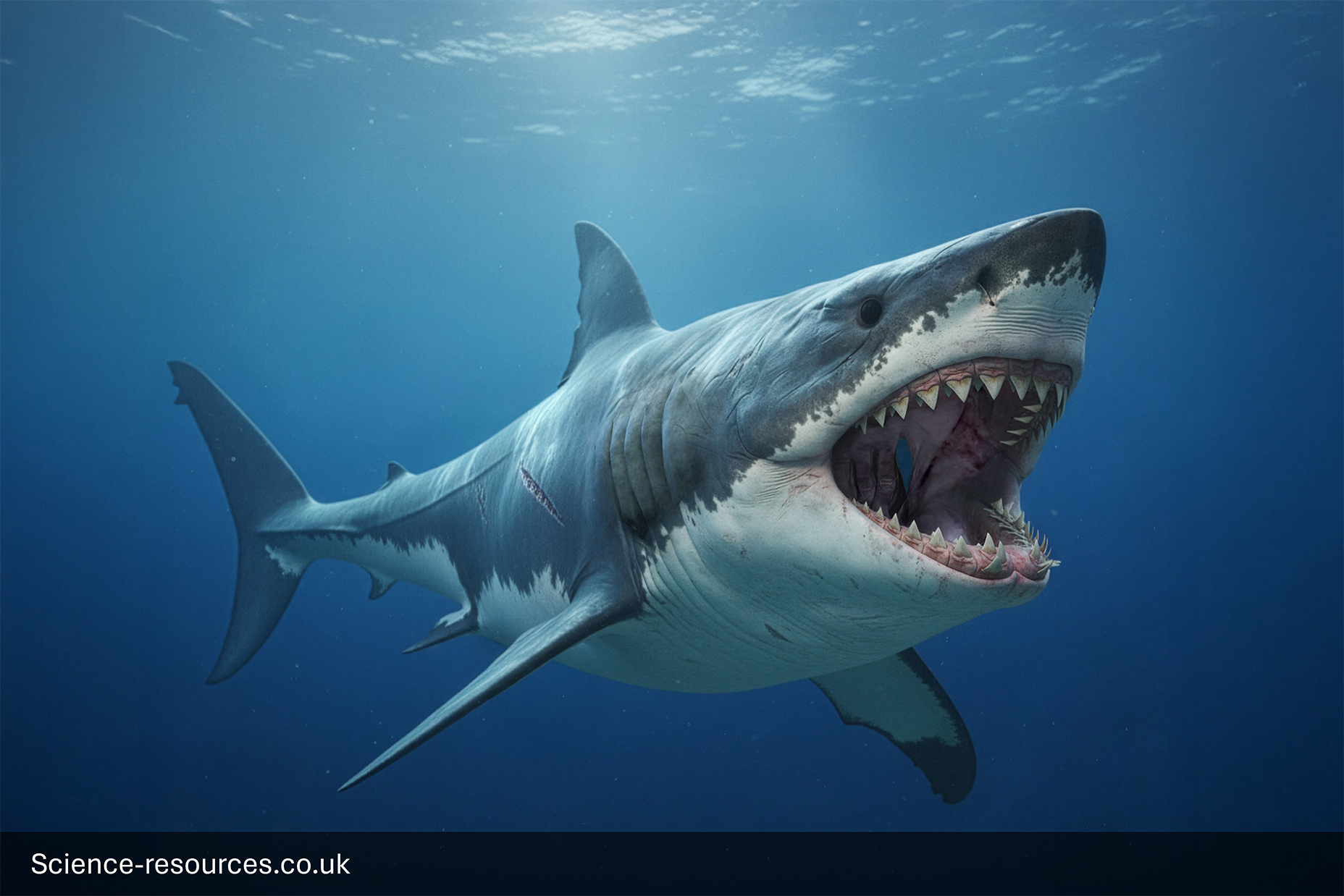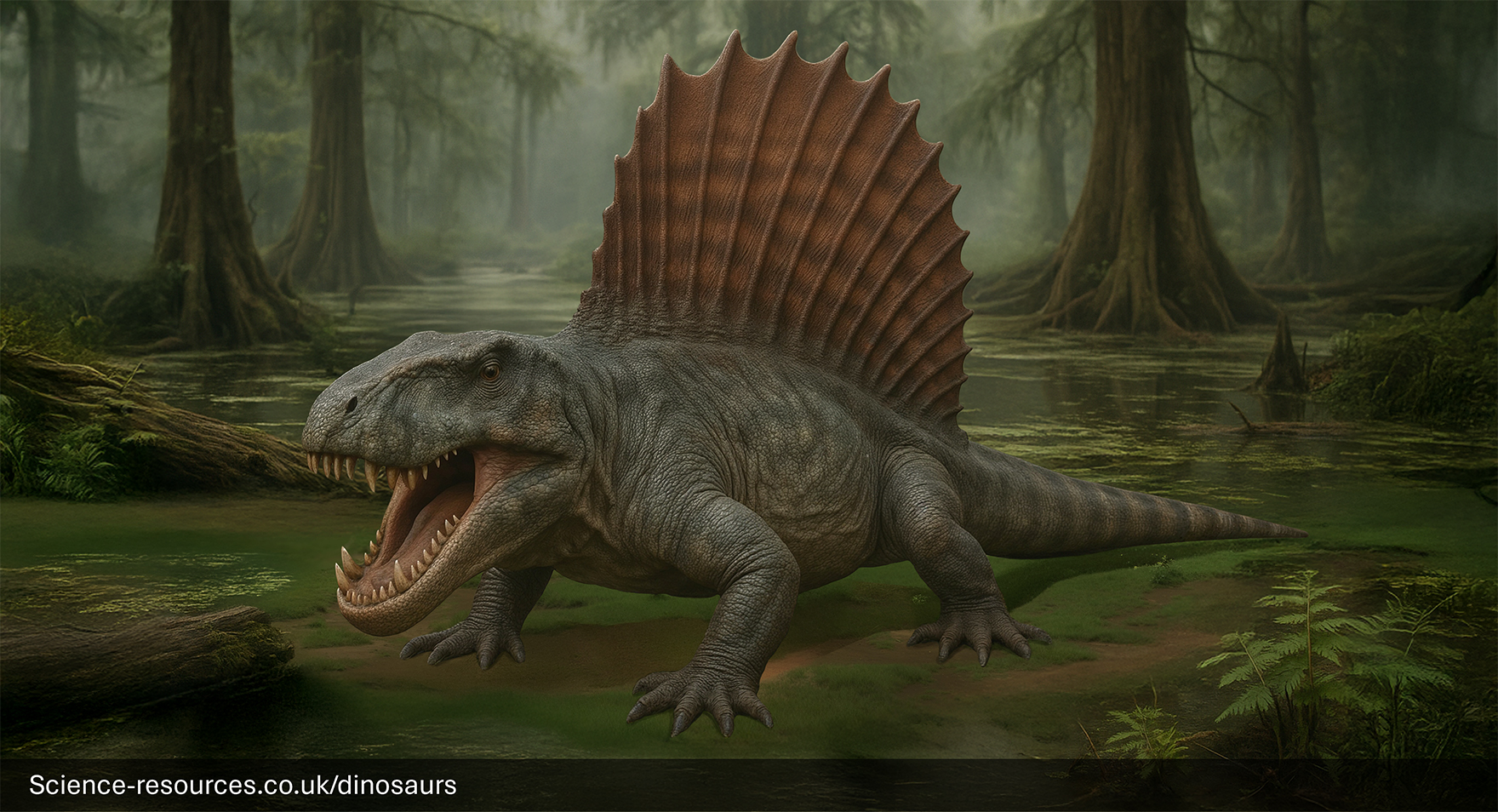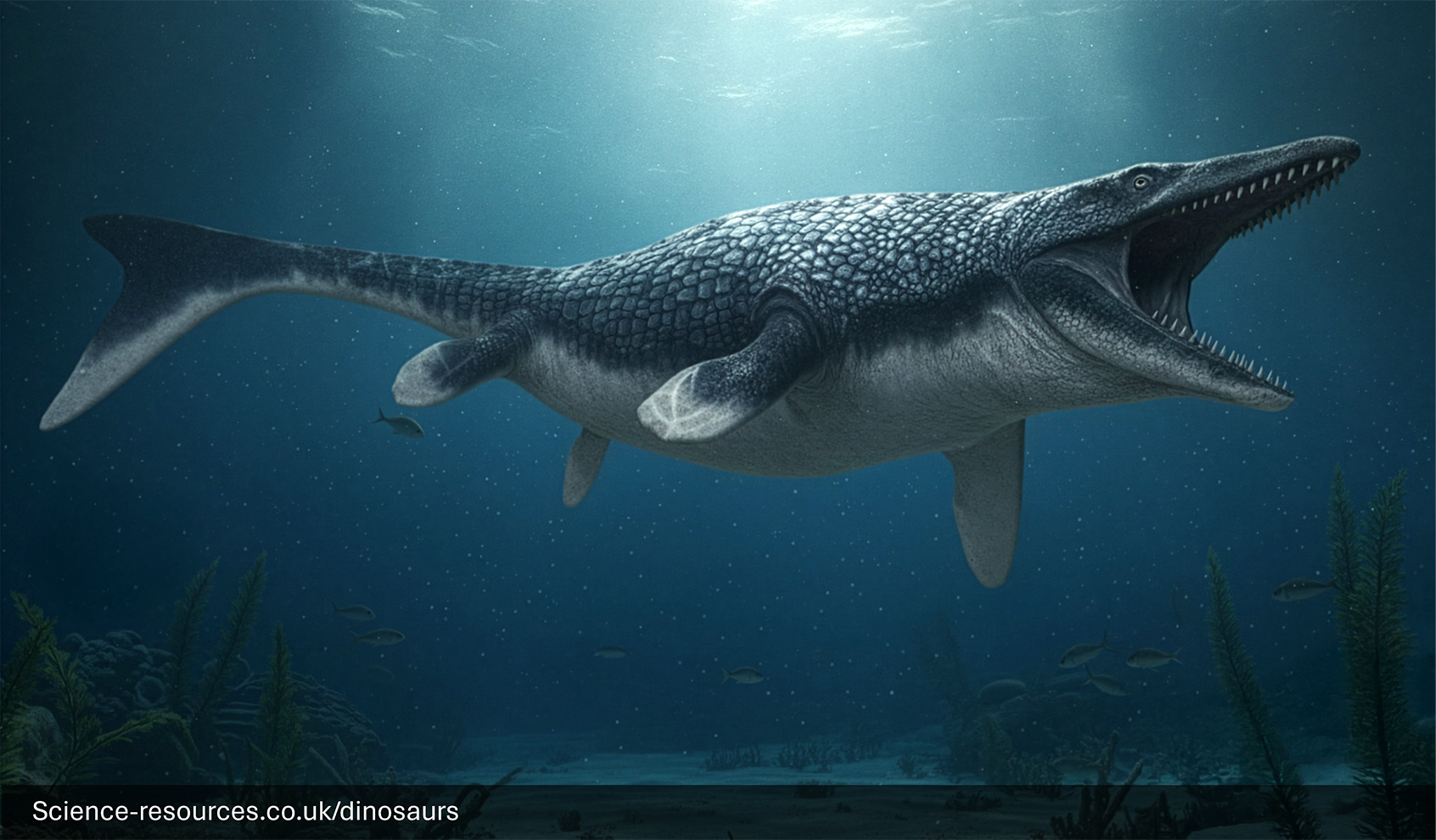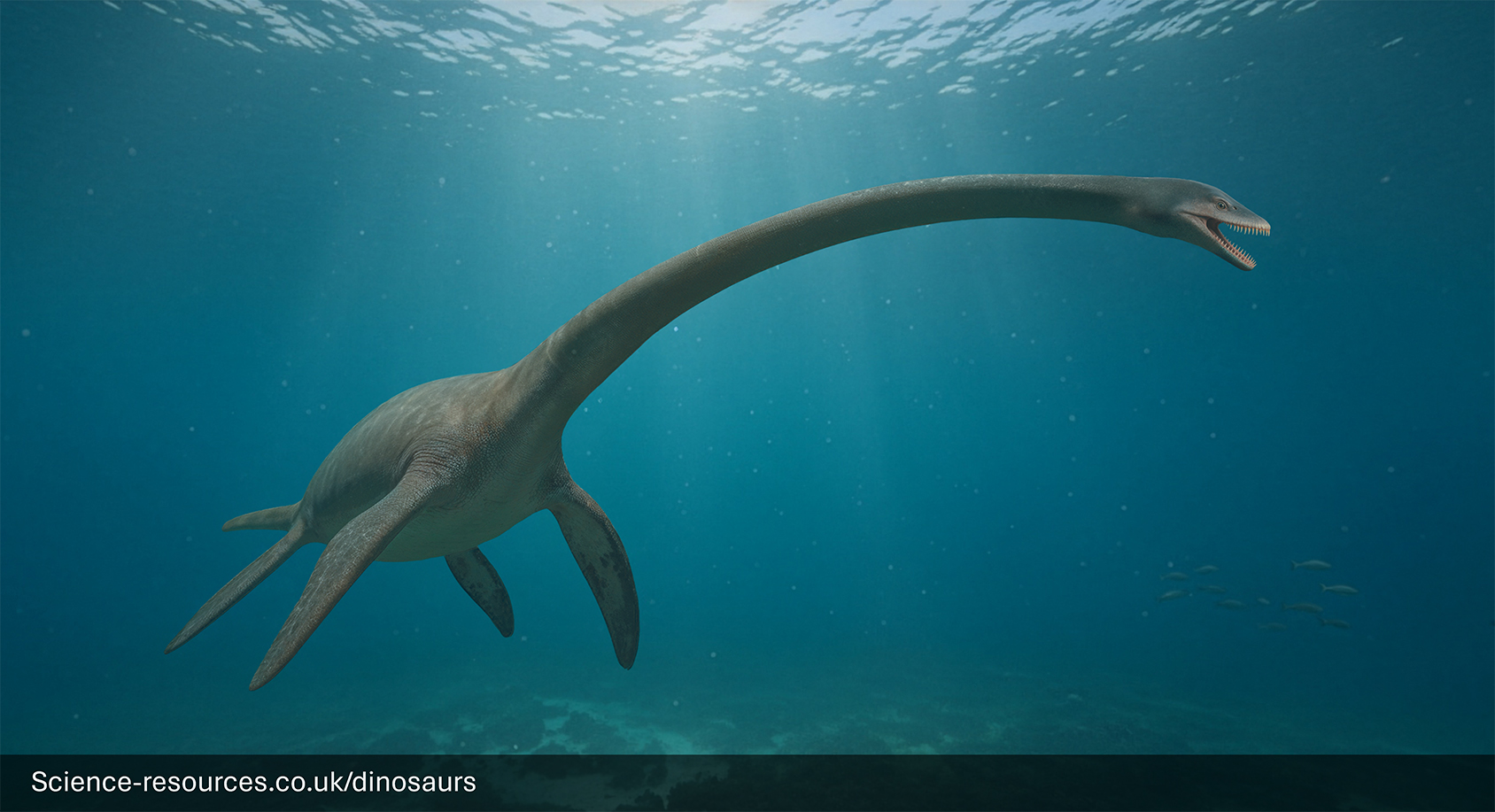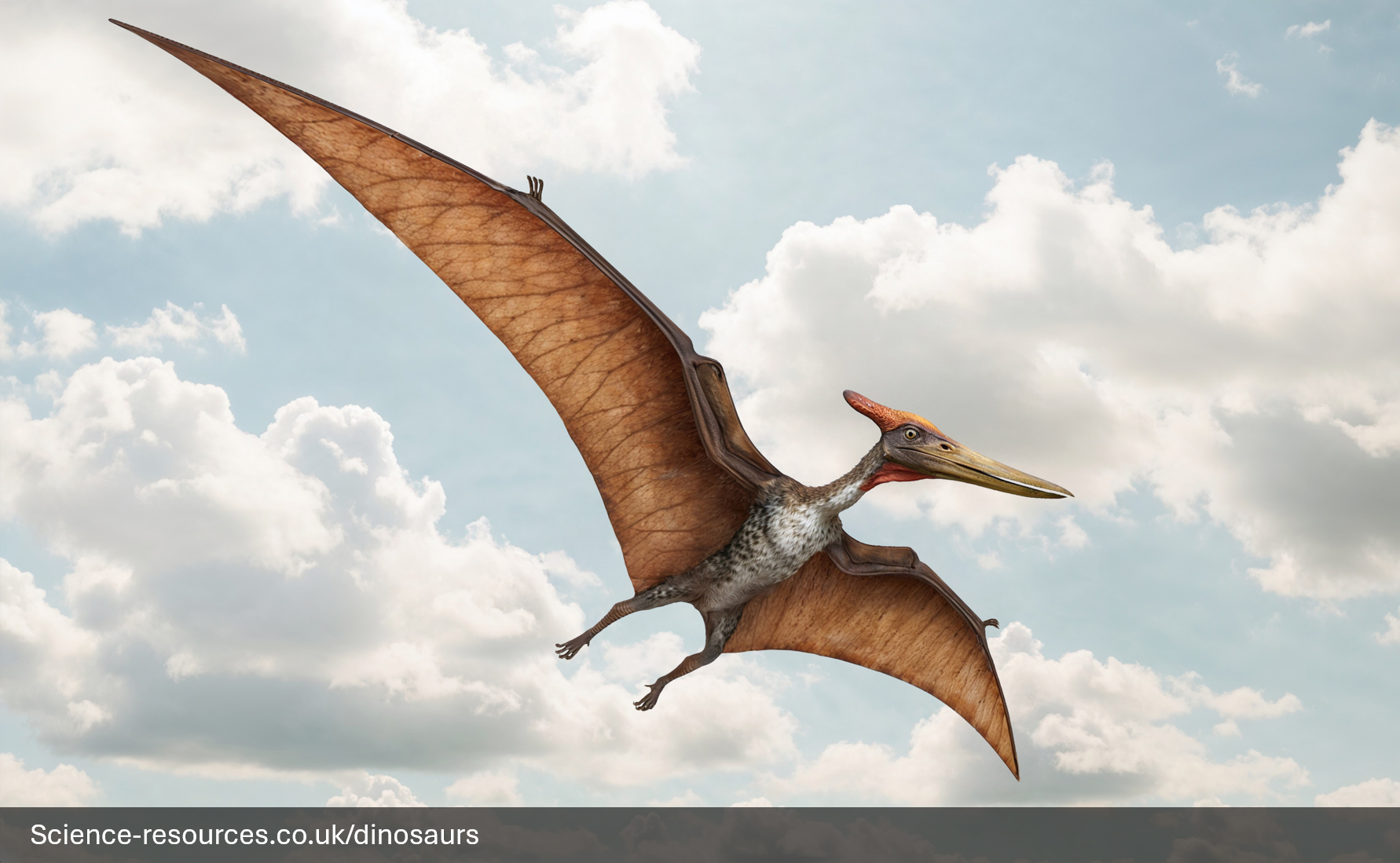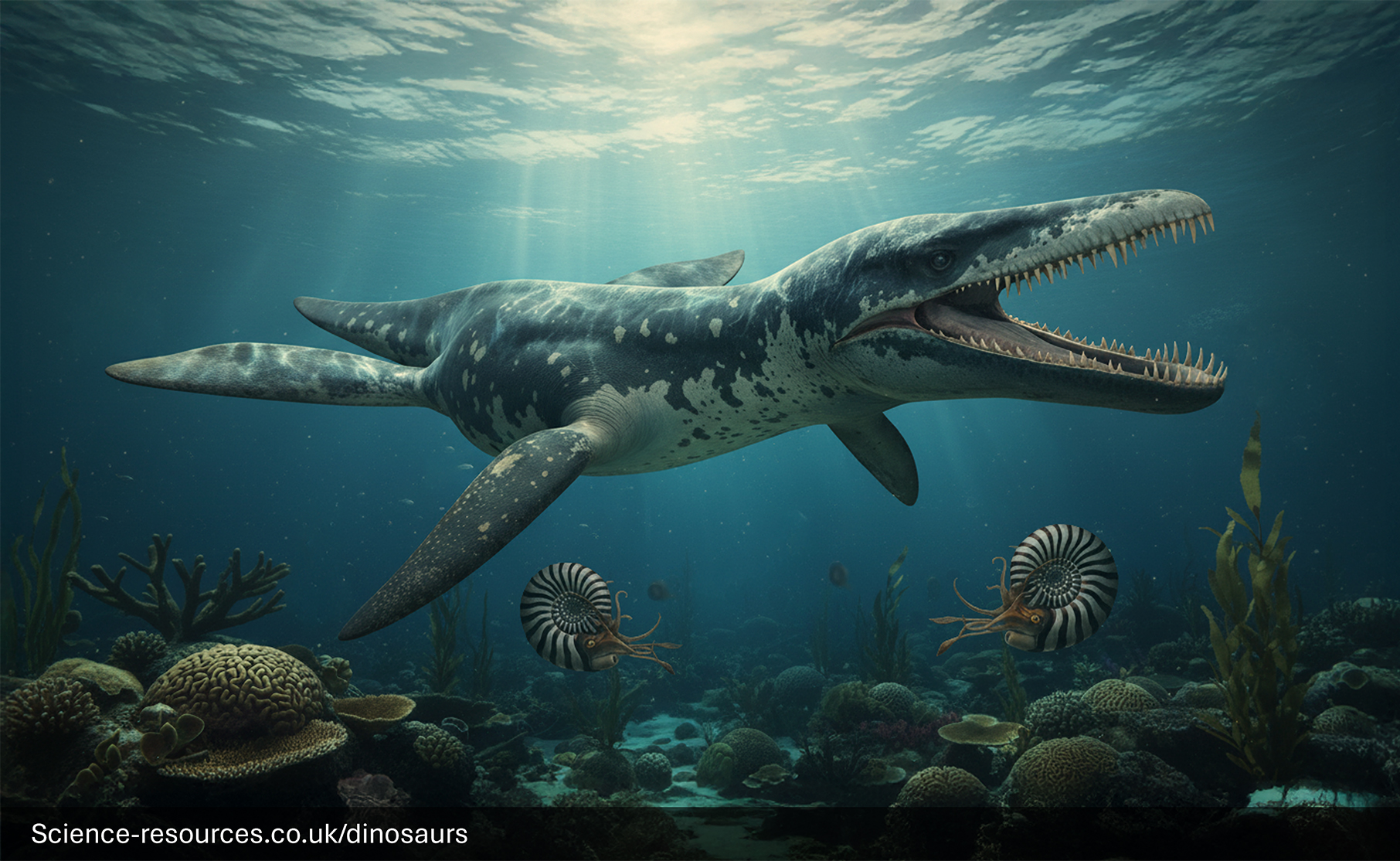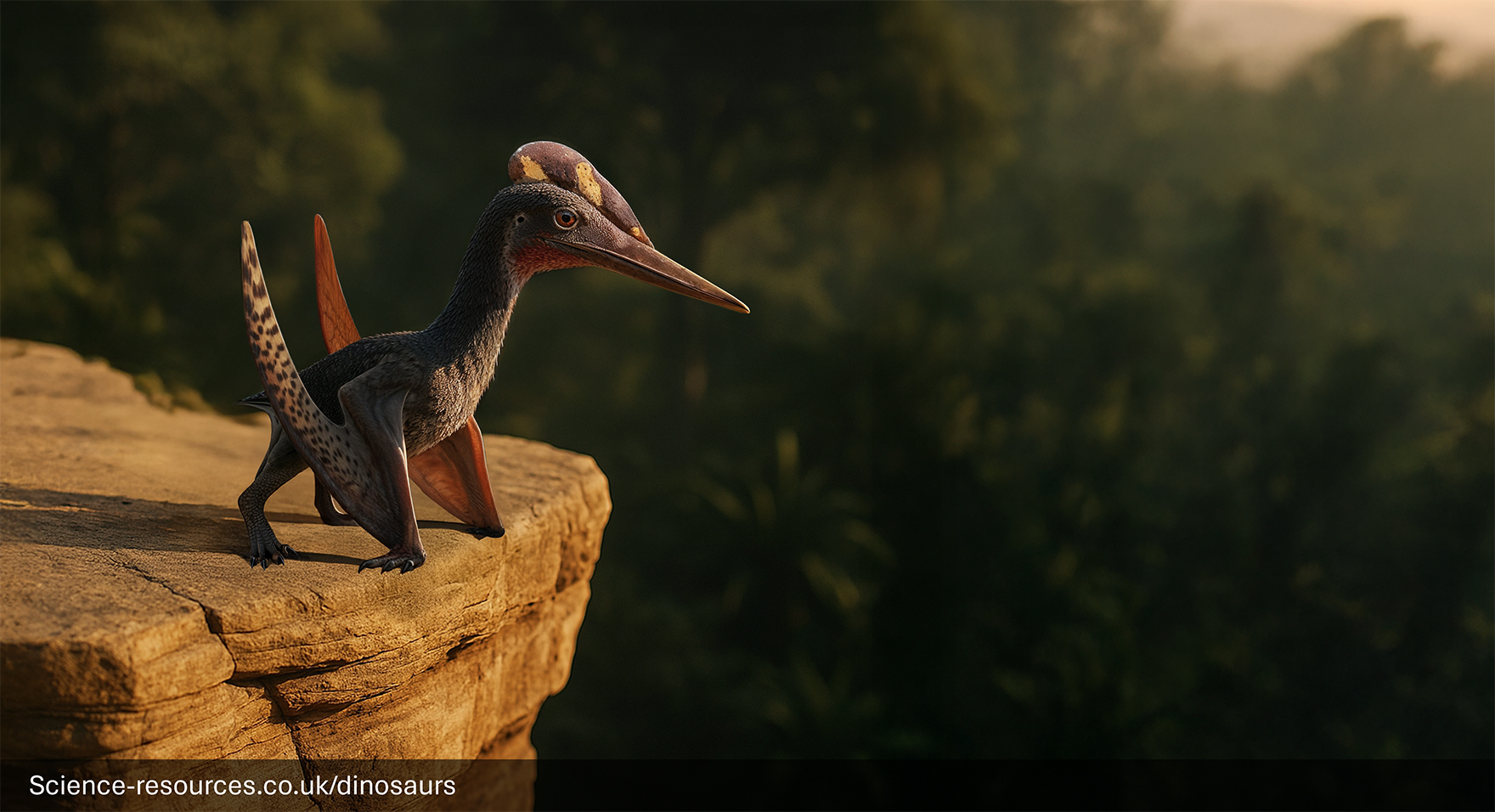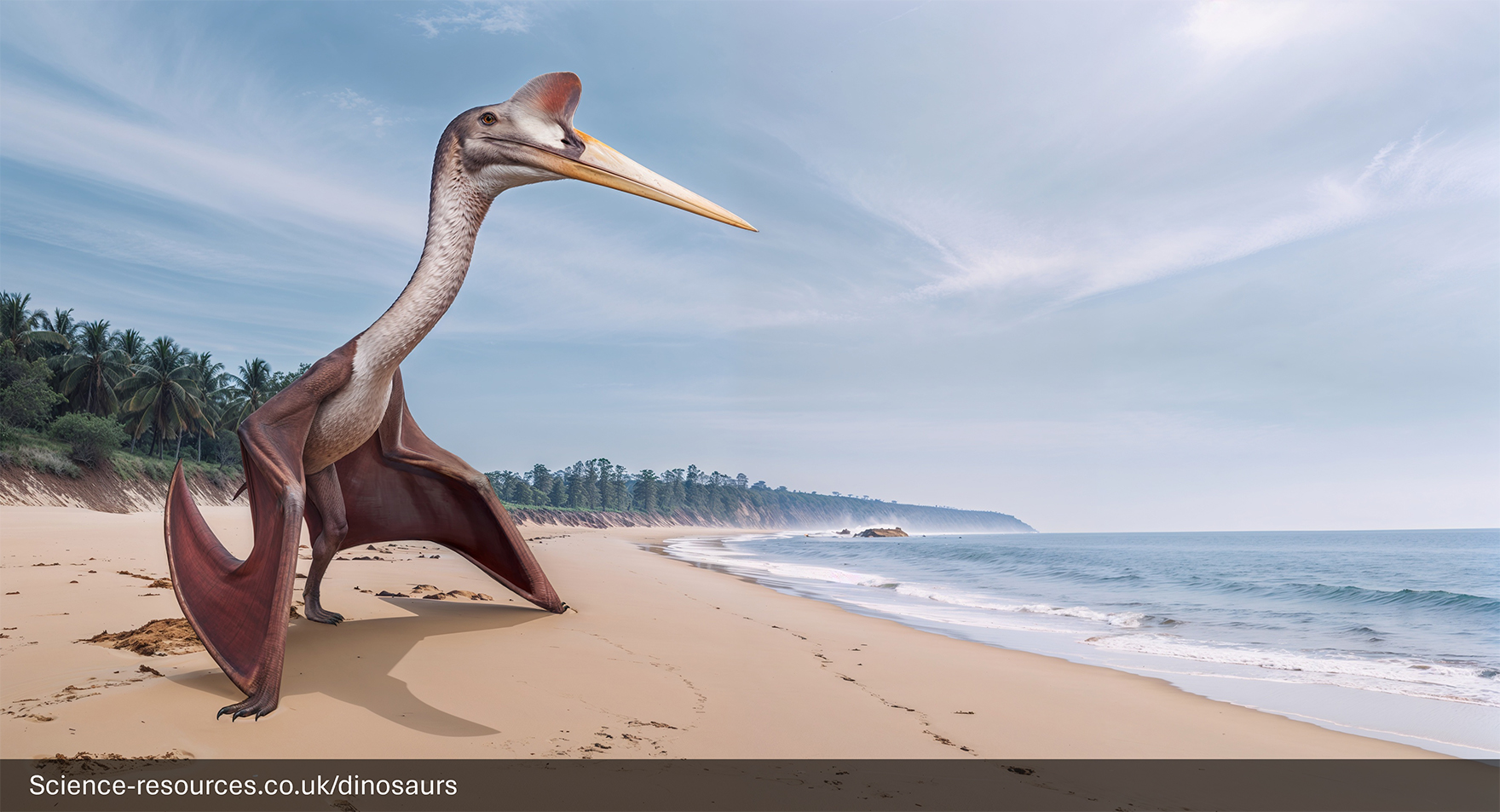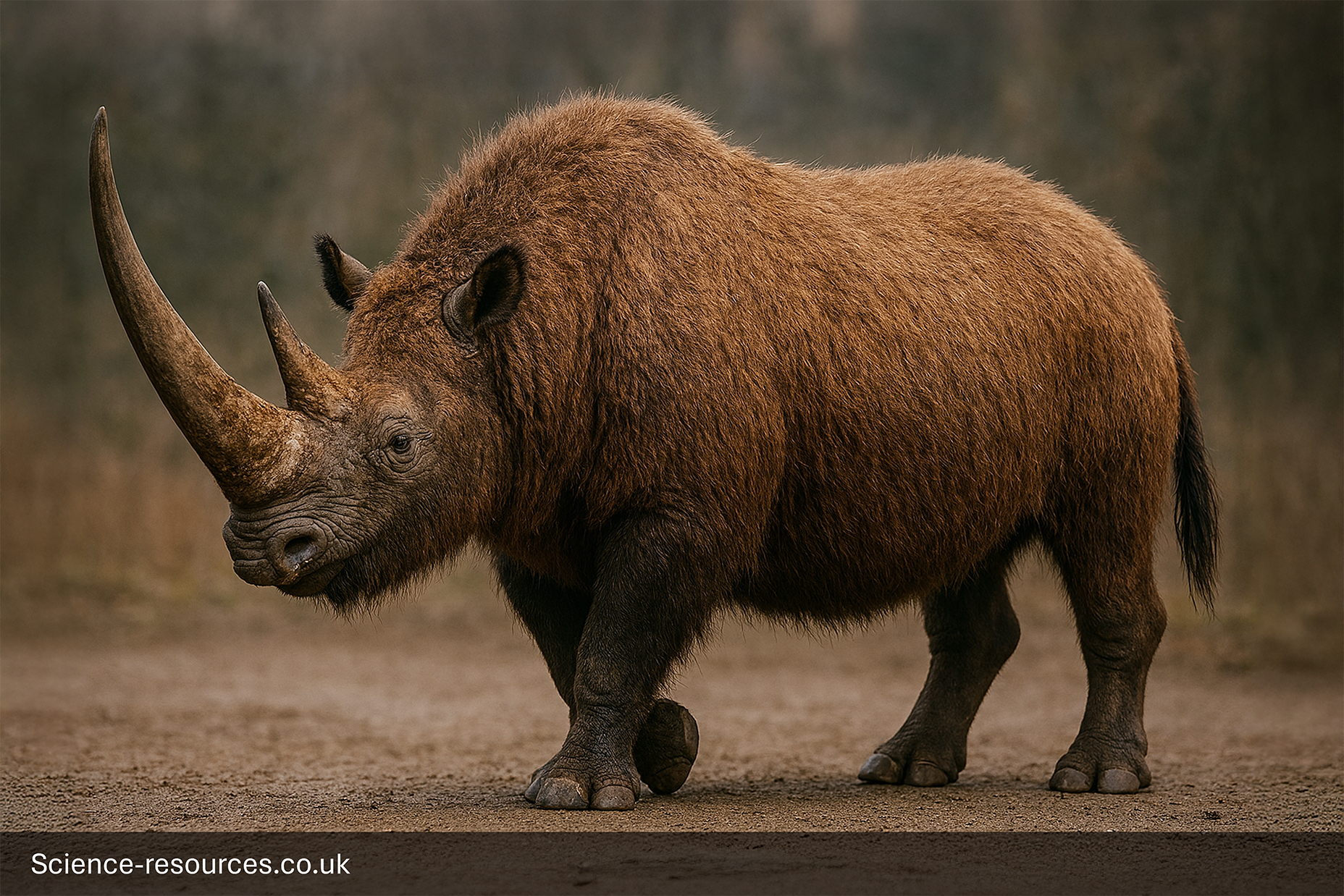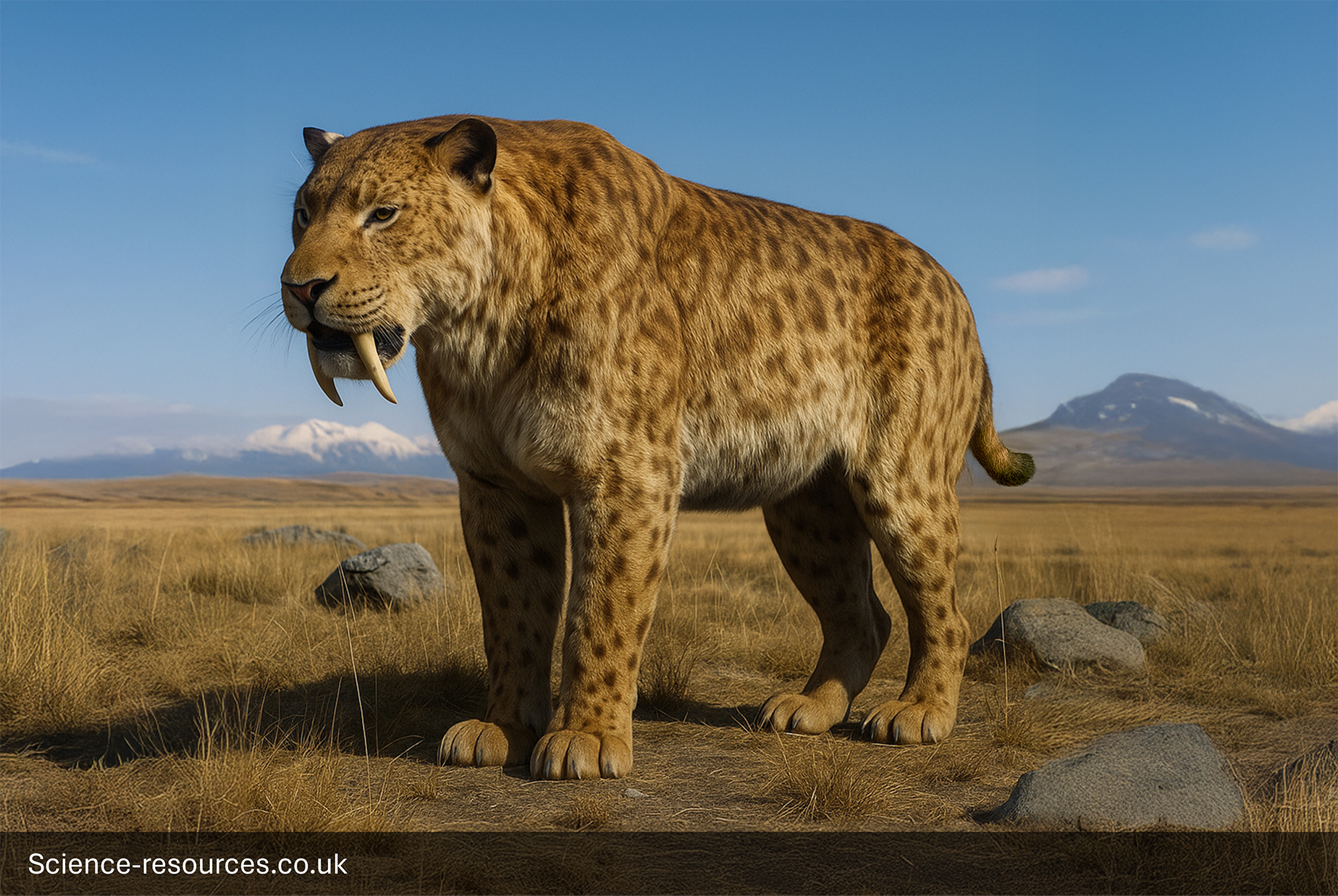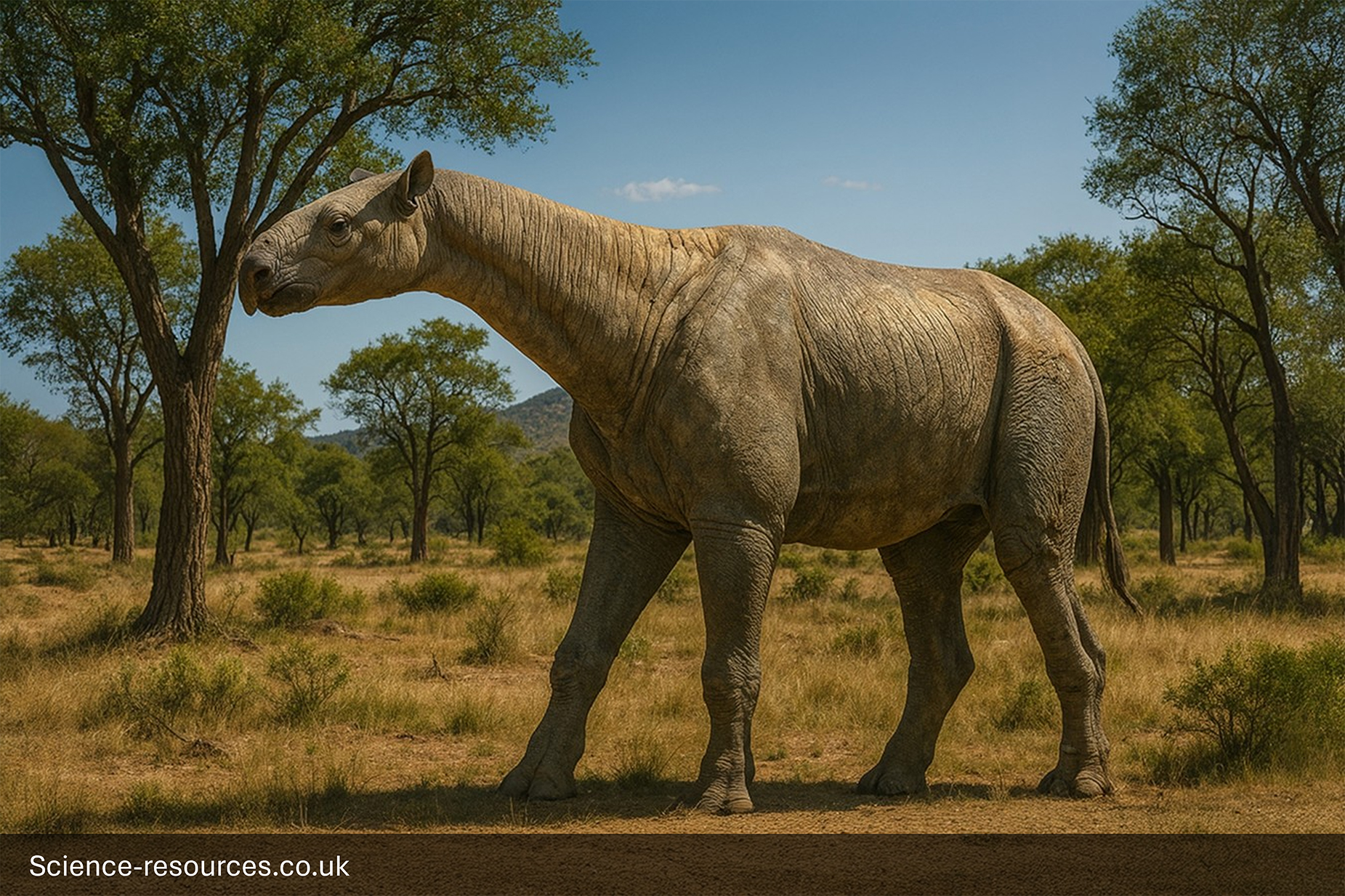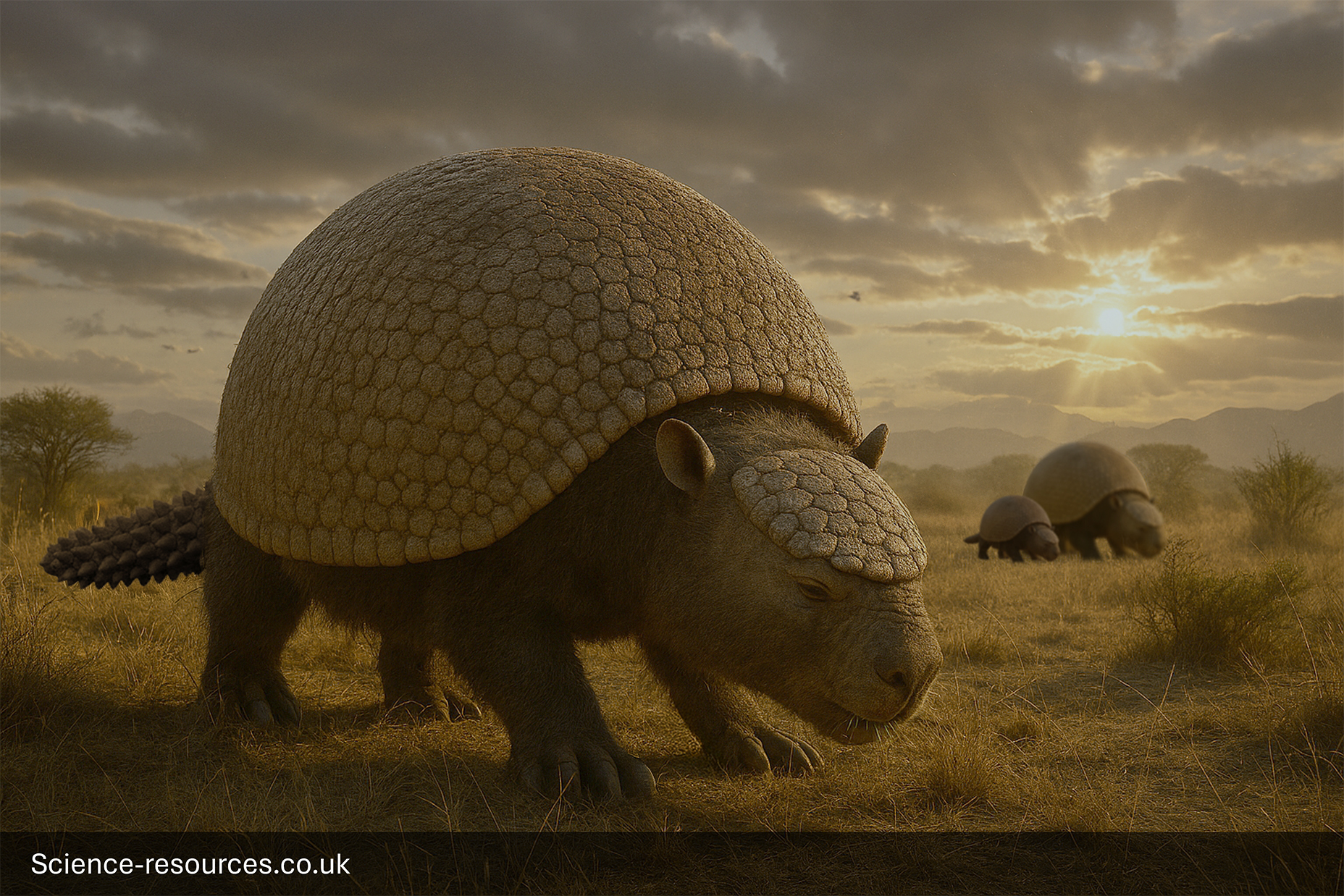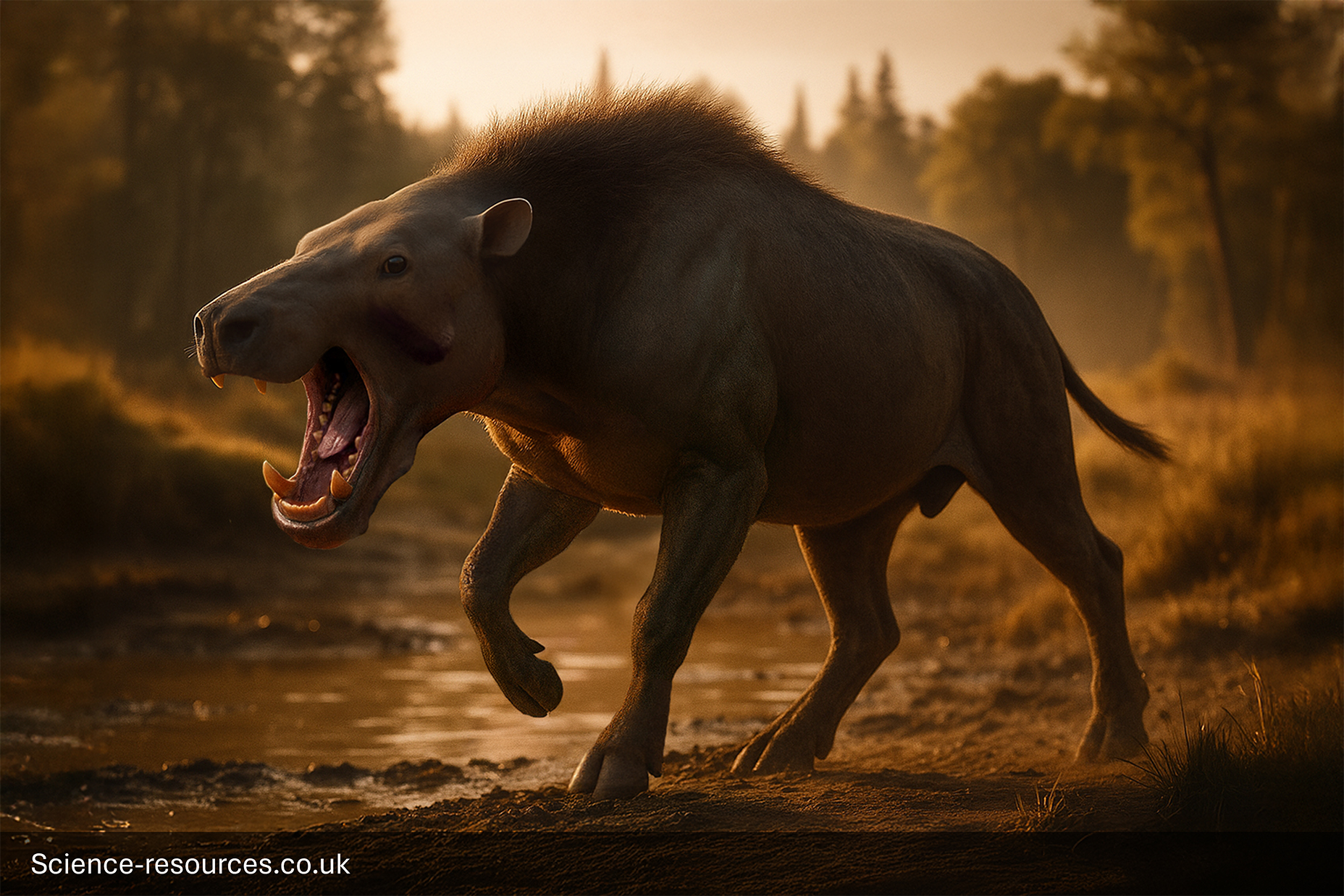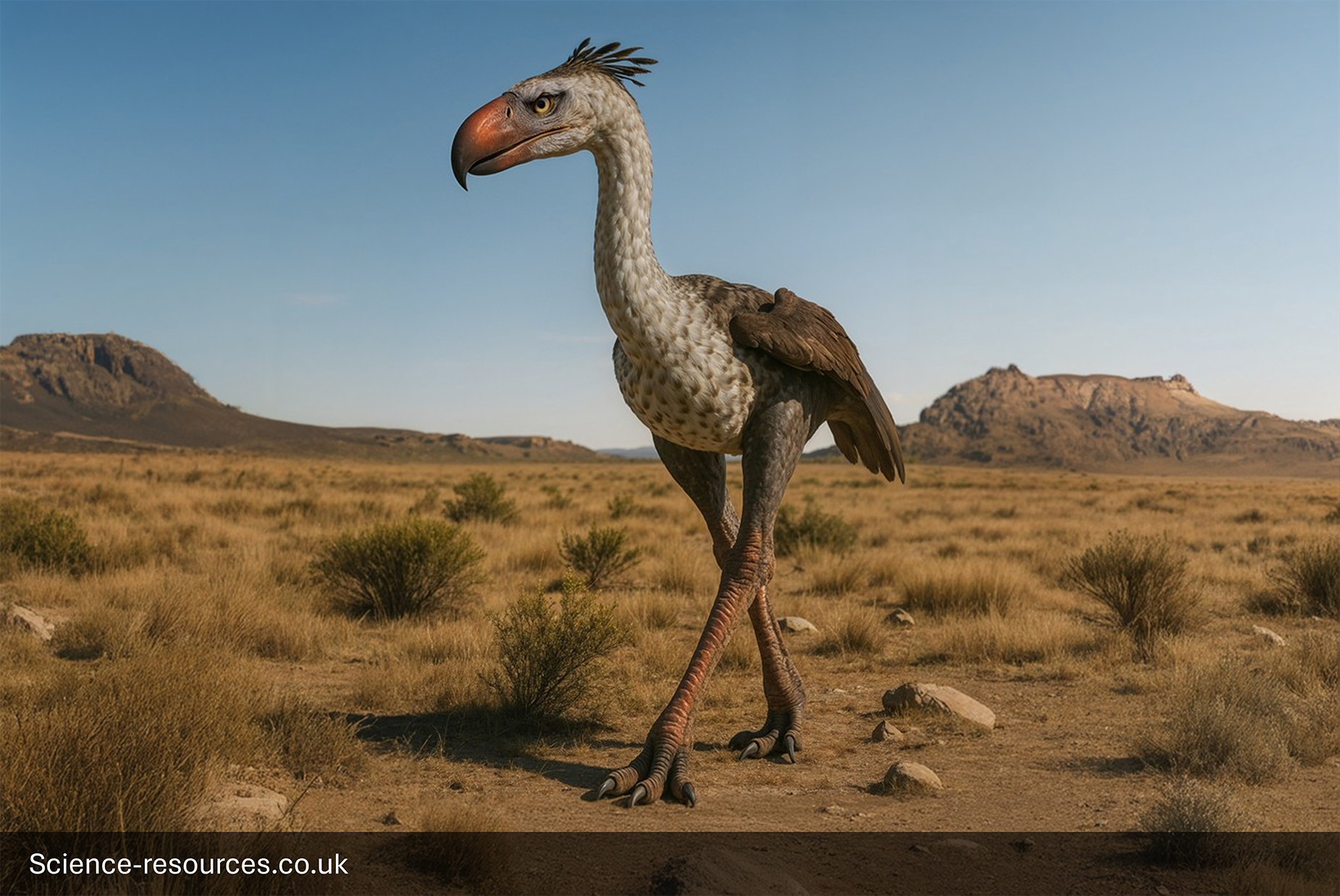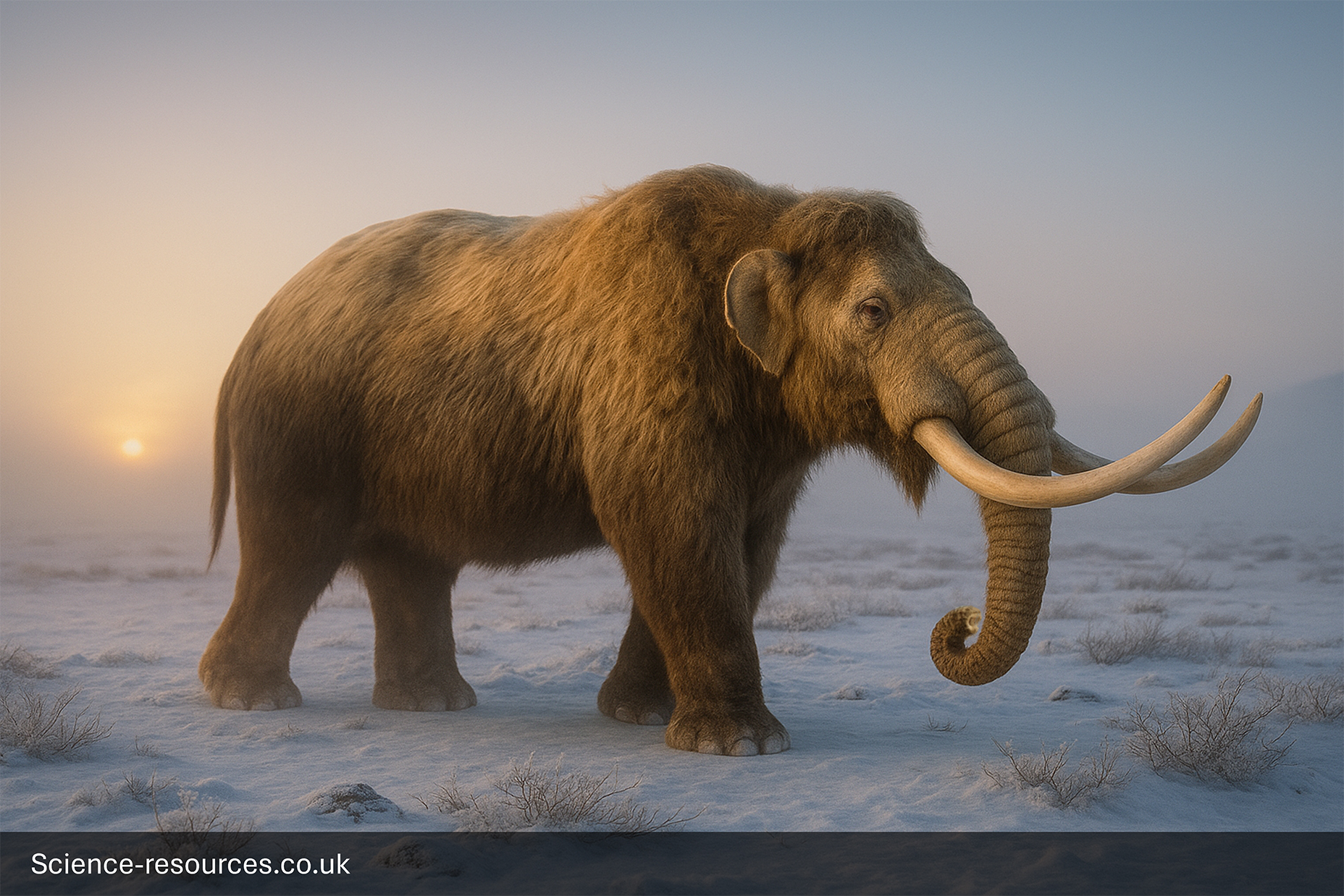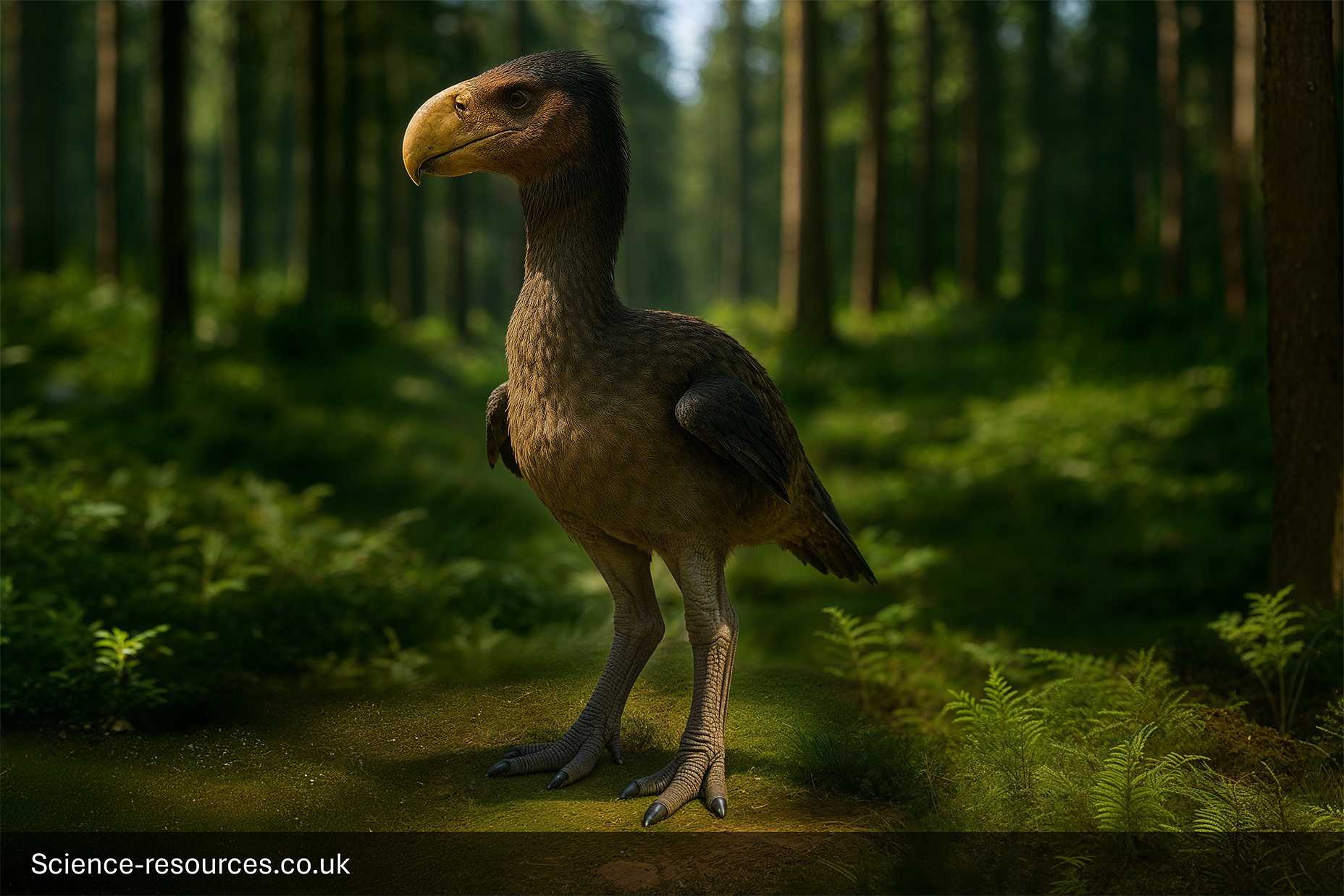i-How: How incredible - 20 extinct prehistoric animals that weren’t Dinosaurs
While dinosaurs often steal the spotlight, they shared their prehistoric world with countless other extraordinary creatures. From razor-toothed marine predators to massive mammals covered in fur, these extinct species reveal just how diverse and astonishing ancient life really was. Join us as we uncover 20 remarkable animals that prove the age of dinosaurs was only part of the story. When & where: Lived in the oceans during the Jurassic period (about 200 million years ago), mostly around what is now Europe. What made it special: Ichthyosaurus looked a bit like a dolphin, with a long snout and sharp teeth for catching fish and squid. Fun fact: They could swim super fast—up to 40 km/h! Ichthyosaurus mums gave birth to live babies, just like whales do today. When & where: Swam through the oceans about 210 million years ago, in ancient North America. What made it special: This gentle giant was one of the largest marine reptiles ever, reaching up to 15 metres long—longer than a bus! Fun fact: Shonosaurus’s mouth was full of tiny, sharp teeth, perfect for munching slippery fish. When & where: Swam in the oceans about 270 million years ago, before the dinosaurs appeared. What made it special: Helicoprion had a jaw shaped like a circular saw, packed with spiralled teeth! Fun fact: Scientists once thought its tooth-whorl stuck out of its face like a pizza cutter. Now they know it was inside its mouth. Helicoprion (Image source: science-resources.co.uk) When & where: Lived about 13 million years ago, in ancient South American seas. What made it special: Livyatan was a huge, whale-like hunter with massive teeth—some longer than a banana! Fun fact: It battled giant sharks like Megalodon for food, making the oceans a truly wild place! Livyatan (Image source: science-resources.co.uk) When & where: Swam in the oceans from 23 to 3.6 million years ago, everywhere from Europe to Australia. What made it special: Megalodon was the biggest shark ever—up to 18 metres long—with teeth as big as your hand! Fun fact: Its bite was so powerful it could crush a car. Some people still hunt for its giant fossil teeth on beaches! Megalodon (Image source: science-resources.co.uk) When & where: Lived on land about 295 million years ago, in North America and Europe. What made it special: Dimetrodon had a giant sail on its back, made from skin stretched over tall bones. Fun fact: Although it looks a bit like a dinosaur, Dimetrodon was actually more closely related to mammals! Dimetrodon (Image source: science-resources.co.uk) Discover the strangest and most wonderful creatures from the ancient past!
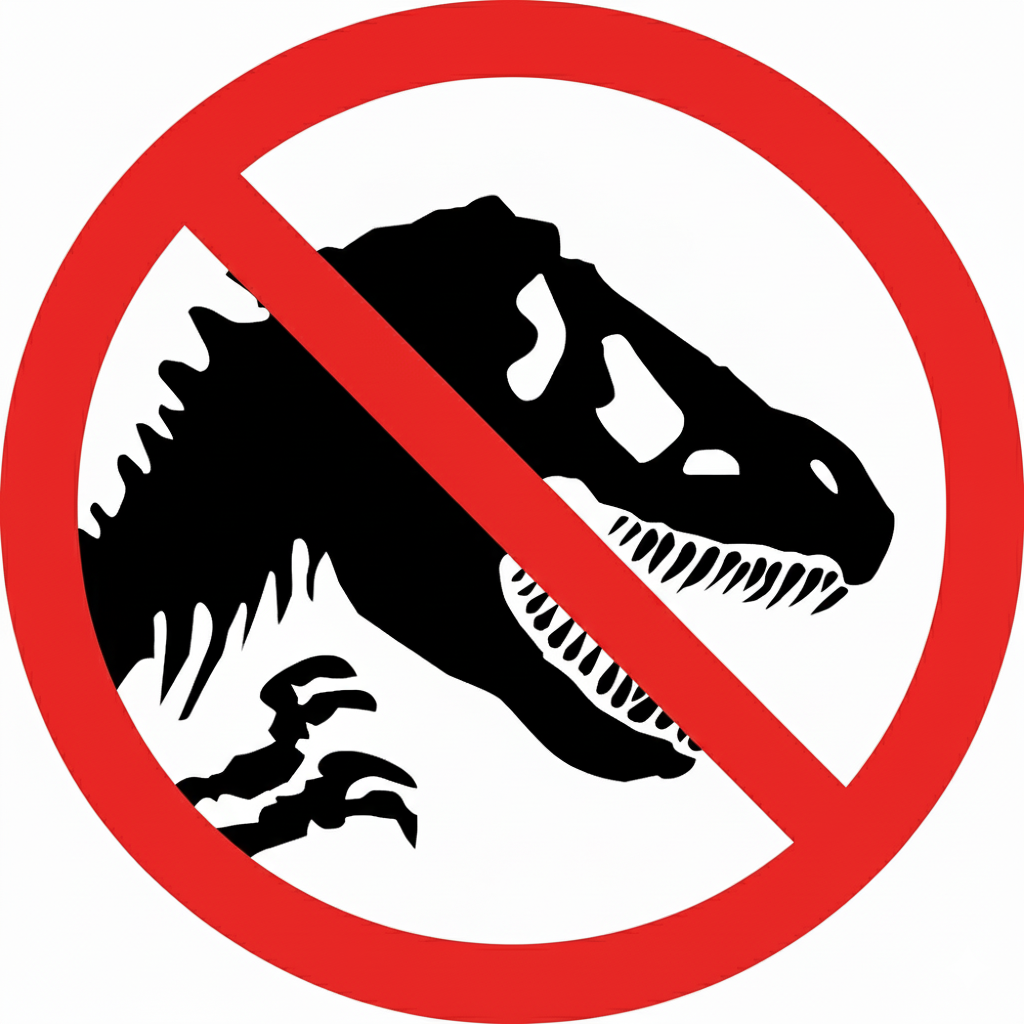
1. Ichthyosaurus (ICK-thee-oh-SAW-rus)
2. Shonosaurus (SHOW-no-SAW-rus)
2. Helicoprion (HEL-ih-KOH-pree-on)
4. Livyatan (LIV-ee-ah-tan)
5. Megalodon (MEG-uh-luh-don)
6. Dimetrodon (die-MET-roh-don)
When & where: Lived during the Late Cretaceous (about 70 million years ago), in oceans worldwide. What made it special: Mosasaurus was a giant marine lizard with flippers instead of legs, sometimes growing longer than a double-decker bus! Fun fact: It had double-hinged jaws like a snake, letting it swallow prey much bigger than its head. Mosasaurus (Image source: science-resources.co.uk) When & where: Swam in the Late Cretaceous seas (about 80 million years ago), in North America. What made it special: Famous for its super-long neck—more than half its body length! It had tiny head and huge flippers. Fun fact: Elasmosaurus’s neck could stretch up to 7 metres with 72 vertebrae, which helped it sneak up on fish! Elasmosaurus (Image source: science-resources.co.uk) When & where: Soared above North America during the Late Cretaceous (about 70 million years ago). What made it special: Pteranodon was a flying reptile with a wingspan as wide as a small plane, but it weighed less than an adult human! Fun fact: Its long, pointy head crest may have helped it steer or attract a mate. When & where: Roamed the seas during the Jurassic period (about 160 million years ago) in Europe. What made it special: With a huge head and powerful jaws, Liopleurodon was a top predator. Some could be as long as 7 metres! Fun fact: Its bite was so strong it could crunch through bone, and maybe even the shells of giant turtles! When & where: Flew over Europe during the Jurassic period (about 150 million years ago). What made it special: One of the first pterosaurs ever discovered, it had short wings and a long tail. Fun fact: Pterodactylus’s name means “winged finger,” because its wings were supported by one really long finger! When & where: Glided above North America about 68 million years ago. What made it special: The largest flying animal ever, with wings as wide as a bus (up to 12 metres!). Fun fact: When it walked on the ground, it looked a bit like a giraffe with wings. When & where: Roamed the icy plains of Europe and Asia during the Ice Age (up to 10,000 years ago). What made it special: Covered in thick, shaggy fur and sporting two large horns, the woolly rhino was built for cold weather. Fun fact: Its horn could grow longer than a metre long. When & where: Lived in North and South America during the Ice Age (up to 10,000 years ago). What made it special: Smilodon, or the “sabre-toothed cat,” had enormous fangs up to 18 cm long! Fun fact: It probably used its teeth to hunt huge prey like mammoths and giant sloths. When & where: Walked the land of Asia about 34 million years ago. What made it special: Indricothere was the largest land mammal ever, taller than a giraffe, heavier than a rhino! Fun fact: Its long neck helped it reach leaves high up in the trees, just like today’s giraffes. When & where: Lived in South America during the Ice Age (up to 11,000 years ago). What made it special: Glyptodon looked like a giant, armoured armadillo, with a shell as tough as a car roof. Fun fact: Some Glyptodons were as big as a small car and had a spiky tail for defence! When & where: Roamed North America about 20 million years ago. What made it special: Daeodon was a gigantic, pig-like mammal with huge jaws and bone-crushing teeth. Fun fact: Its name means “dreadful tooth”, and it could eat almost anything! When & where: Roamed South America about 15 million years ago. What made it special: Phorusrhacos was a giant flightless bird, sometimes called a “terror bird,” with a massive, hooked beak. Fun fact: They were fast runners, reaching speeds of up to 48-50 km/h (30-31 mph). When & where: Lived across North America, Europe, and Asia, from 27 million to 10,000 years ago. What made it special: Mastodons were huge, shaggy relatives of elephants with straight tusks and bumpy teeth. Fun fact: Unlike mammoths, mastodons preferred forests and munched on leaves and twigs. When & where: Roamed the forests and plains of Europe, Asia, and North America around 56 to 41 million years ago. What made it special: Gastornis was a towering, flightless bird, standing up to two metres tall, with a huge, powerful beak. Fun fact: Once thought to be a fearsome predator, scientists now believe Gastornis may have used its massive beak to crack tough plants and seeds! These 20 amazing animals prove that prehistoric life was full of surprises—not just dinosaurs! From soaring giants to underwater monsters and furry Ice Age beasts, each creature had its own special way of surviving in a world very different from today. The next time you hear about dinosaurs, remember there were loads of other incredible animals sharing their world. Who knows what other mysteries are waiting to be discovered? Q1. What makes a dinosaur different from other prehistoric animals? A1. Dinosaurs had special hips and legs that let them stand straight, with their legs under their body (like birds today). This helped them walk and run well on land. Pterosaurs and Mosasaurs didn’t have this feature, they were on different branches of the reptile family tree. Q2. Did Woolly Mammoths live at the same time as dinosaurs? A2. No. Mammoths lived during the Ice Age, millions of years after dinosaurs died out. Q3. Since Pterosaurs could fly, were they early birds? A3. No. Pterosaurs were flying reptiles, not birds. Birds came from a group of meat-eating dinosaurs. Pterosaurs had skin wings stretched over a long finger, not feathers like birds. Q4. Was Plesiosaurus, the long-necked sea reptile, a dinosaur? A4. No. Plesiosaurs were ocean reptiles with four flippers. They lived at the same time as dinosaurs but were not dinosaurs. Q5. What’s the main difference between dinosaurs and other reptiles? A5. Dinosaurs were a special group of reptiles with upright legs. Other reptiles, like lizards and turtles, didn’t have this feature. Q6. Was Dimetrodon a dinosaur? A6. No. Dimetrodon lived long before dinosaurs. It was more like an early relative of mammals than a dinosaur. Q7. Why is T. Rex a dinosaur but Mosasaurus is not, even though both were big predators? A7. T. Rex lived on land and had the dinosaur hip and leg structure. Mosasaurus lived in the ocean and was more like a giant swimming lizard. Q8. What happened to animals that weren’t dinosaurs when the asteroid hit? A8. Many big animals, like Pterosaurs and Mosasaurs, died out. But some reptiles, like crocodiles and turtles, survived and are still around today. Q9. Was there a huge prehistoric animal that was an amphibian, not a reptile? A9. Yes! Temnospondyls were giant amphibians, some over 20 feet long. They lived before or alongside early dinosaurs. Q10. Does “prehistoric” only mean the time of dinosaurs? A10. No. Prehistoric means any time before humans wrote history. It includes times before dinosaurs and after them, like the Ice Age. 7. Mosasaurus (MOH-suh-SAW-rus)
8. Elasmosaurus (ee-LAZ-moh-SAW-rus)
9. Pteranodon (teh-RAN-oh-don)
10. Liopleurodon (LIE-oh-PLOOR-oh-don)
11. Pterodactylus (TER-oh-DAK-till-us)
12. Quetzalcoatlus (KET-sal-koh-AT-lus)
13. Coelodonta (ko-ee-lo-DON-tuh) | Woolly Rhino
14. Smilodon (SMY-luh-don)
15. Indricothere (in-DRIK-oh-theer)
16. Glyptodon (GLIP-toh-don)
17. Daeodon (DIE-oh-don)
18. Phorusrhacos (FOR-us-RAY-koss)
19. Mastodon (MAS-tuh-don)
20. Gastornis (gas-TOR-nis)
Conclusion
Prehistoric Animals That Weren’t Dinosaurs: FAQ
You may also be interested in
Tags: Ichthyosaurus, Shonosaurus, Liopleurodon, Elasmosaurus, Mosasaurus, Megalodon, Livyatan, Helicoprion, Pteranodon, Pterodactylus, Quetzalcoatlus, Dimetrodon, Woolly Rhino, Coelodonta, Smilodon, Indricothere, Glyptodon, Gastornis, Daeodon, Phorusrhacos, Mastodon
